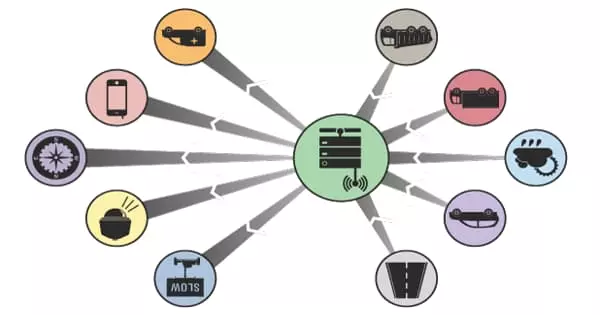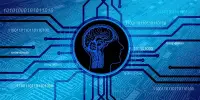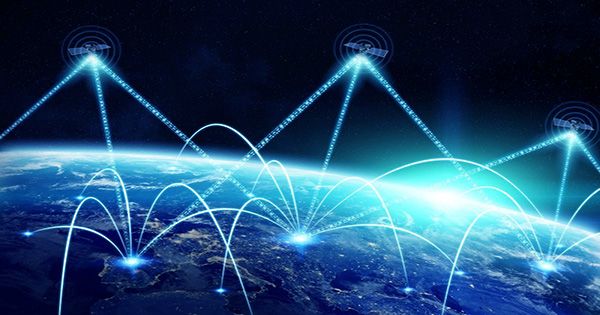An intelligent transportation system (ITS) is a technology, application, or platform that improves transportation quality or achieves other goals through the use of applications that monitor, manage, or improve transportation systems. It is a sophisticated application that aims to provide innovative services related to various modes of transportation and traffic management, as well as to better inform users and enable them to make safer, more coordinated, and ‘smarter’ use of transportation networks. It is heavily reliant on data collection and analysis. The results of data collection and analysis are used to control, manage, and plan transportation after the system is built. Sensors are essential in data collection.
The application of sensing, analysis, control, and communications technologies to ground transportation in order to improve safety, mobility, and efficiency is known as an intelligent transportation system. Some of these technologies include alerting emergency services in the event of an accident, using cameras to enforce traffic laws, and signs that indicate speed limit changes based on conditions. It encompasses a wide range of applications that process and share information in order to reduce traffic congestion, improve traffic management, reduce environmental impact, and increase the benefits of transportation for commercial users and the general public.
The technologies used in intelligent transportation systems range from basic management systems such as car navigation, traffic signal control systems, container management systems, variable message signs, automatic number plate recognition, or speed cameras, to monitoring applications such as security CCTV systems, automatic incident detection, or stopped vehicle detection systems, to more advanced applications that integrate live data and feedback from a variety of other sources.

Importance of ITS:
- Inadequate road development.
- Low speed, increased accident rates.
- It is not possible to build enough new roads or to meet the demand.
- Improve the attractiveness of public transport.
- Tackle rising congestion which increases travel times and industry costs.
- Reduce the environmental impacts of transport.
The application of information and control technologies to transportation system operations is the technical core of intelligent transportation systems (ITS). ITS has the potential to improve transportation efficiency and safety in a variety of situations, including road transport, traffic management, mobility, and so on. ITS technology is being used all over the world to increase the capacity of congested roads and shorten travel times.
The technologies used in intelligent transportation systems range from basic management systems such as car navigation, traffic signal control systems, container management systems, variable message signs, automatic number plate recognition, or speed cameras, to monitoring applications such as security CCTV systems, automatic incident detection, or stopped vehicle detection systems, to more advanced applications that integrate live data and feedback from a variety of other sources. The application of these technologies to transportation necessitates knowledge from a variety of engineering disciplines, including civil, electrical, mechanical, industrial, and their related disciplines.
The majority of transportation issues are caused by a lack of timely and accurate information, as well as a lack of appropriate coordination among system participants. Predictive techniques are also being developed to allow for advanced modeling and comparison with historical baseline data. As a result, the positive contribution of information technology is to provide better information to assist system participants in making synergistic decisions.















